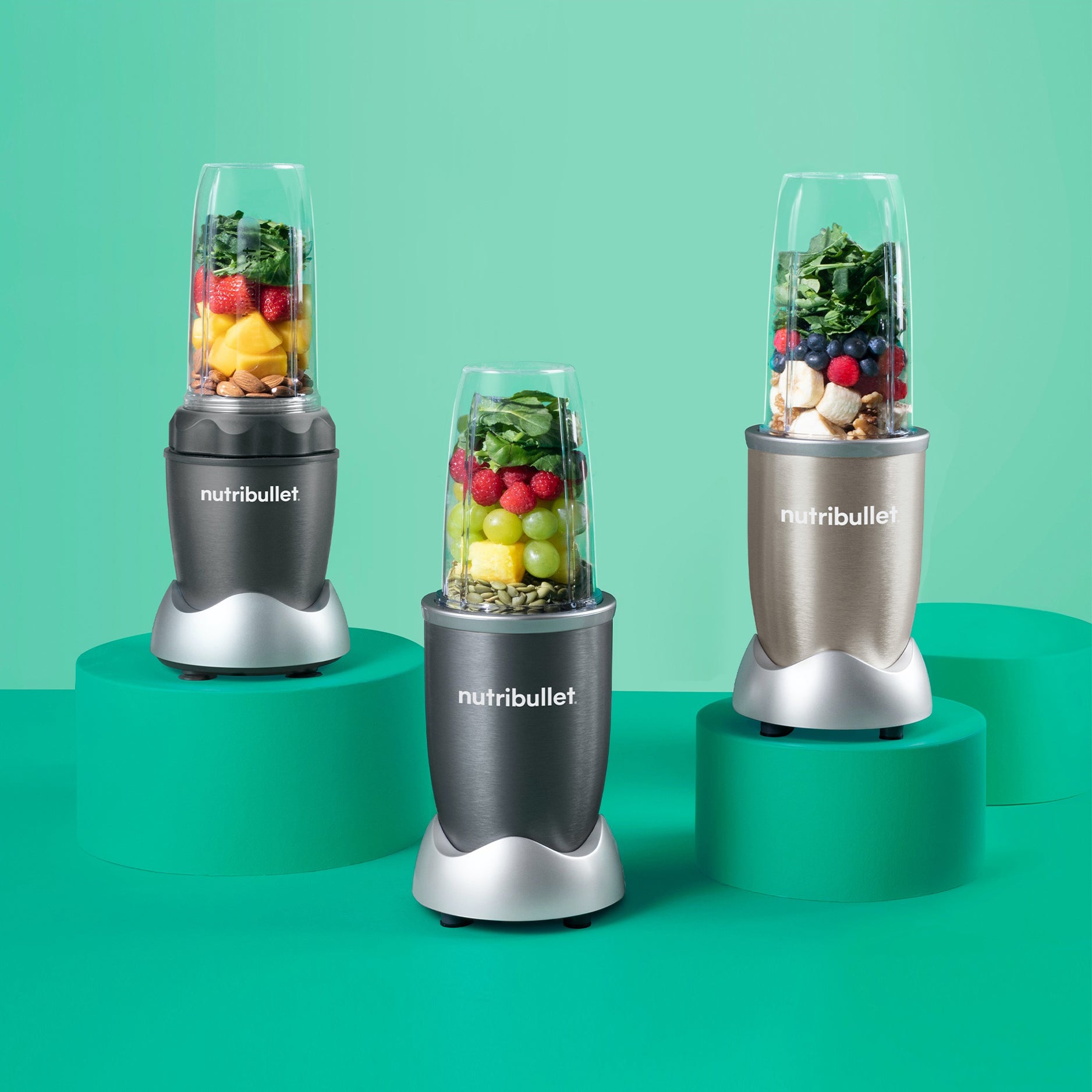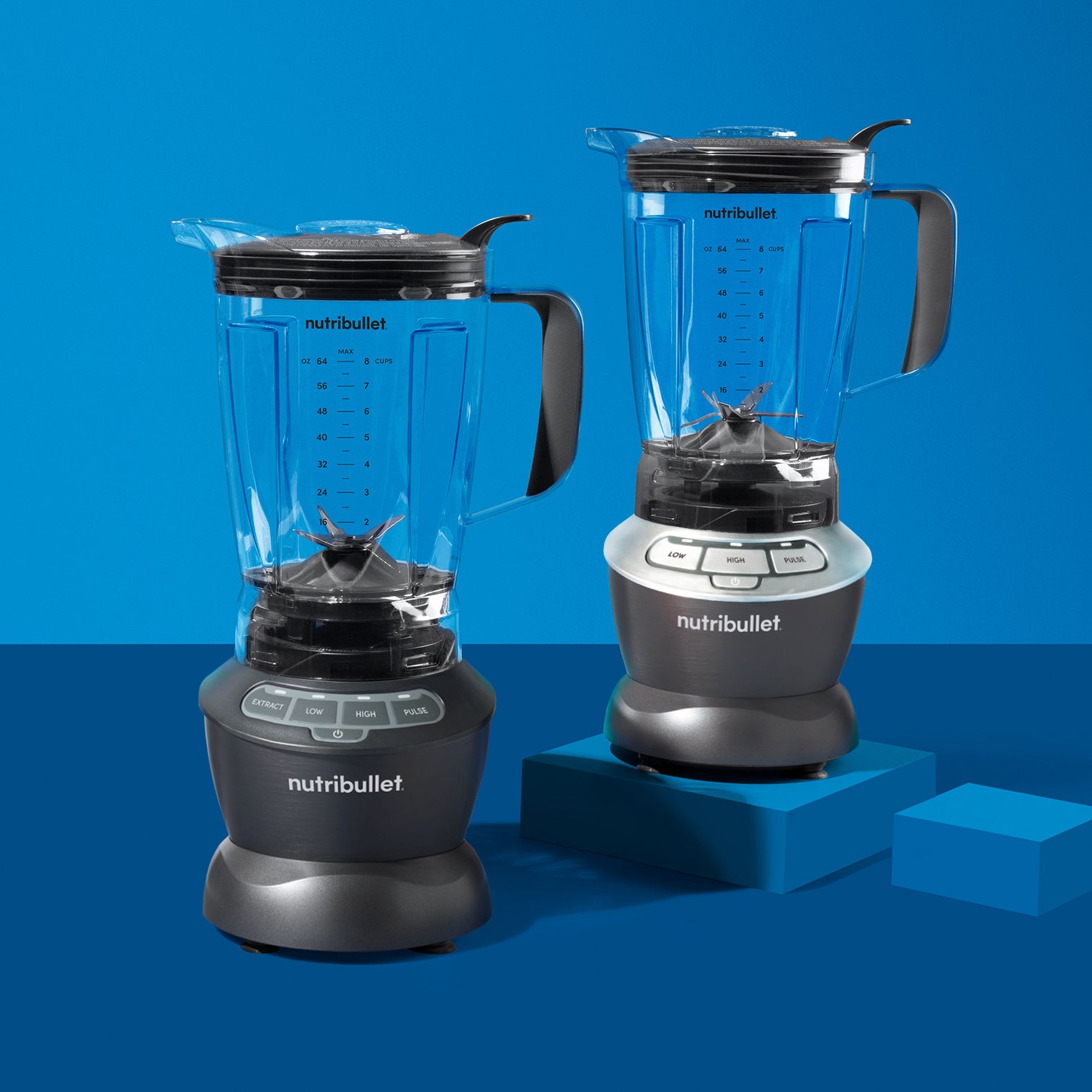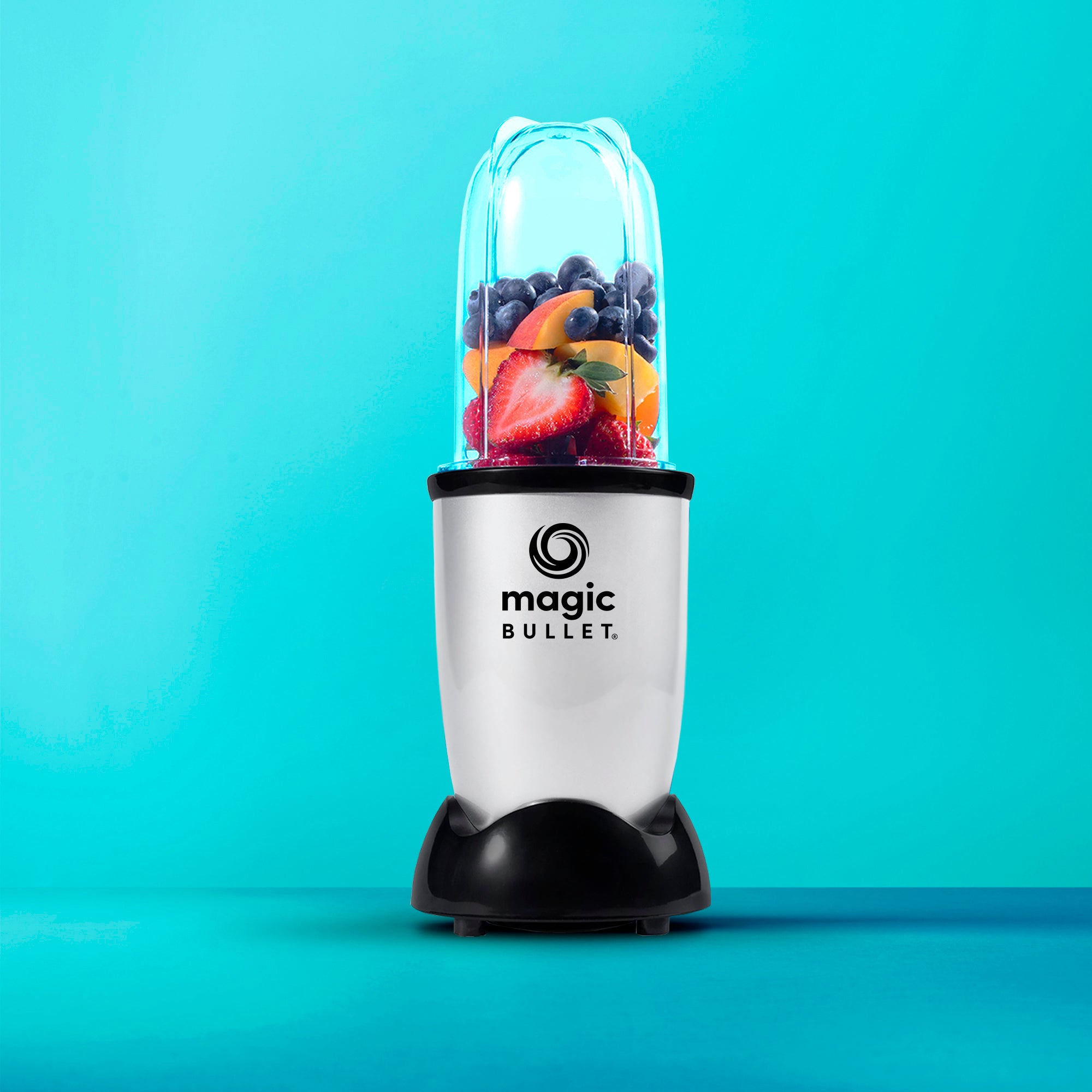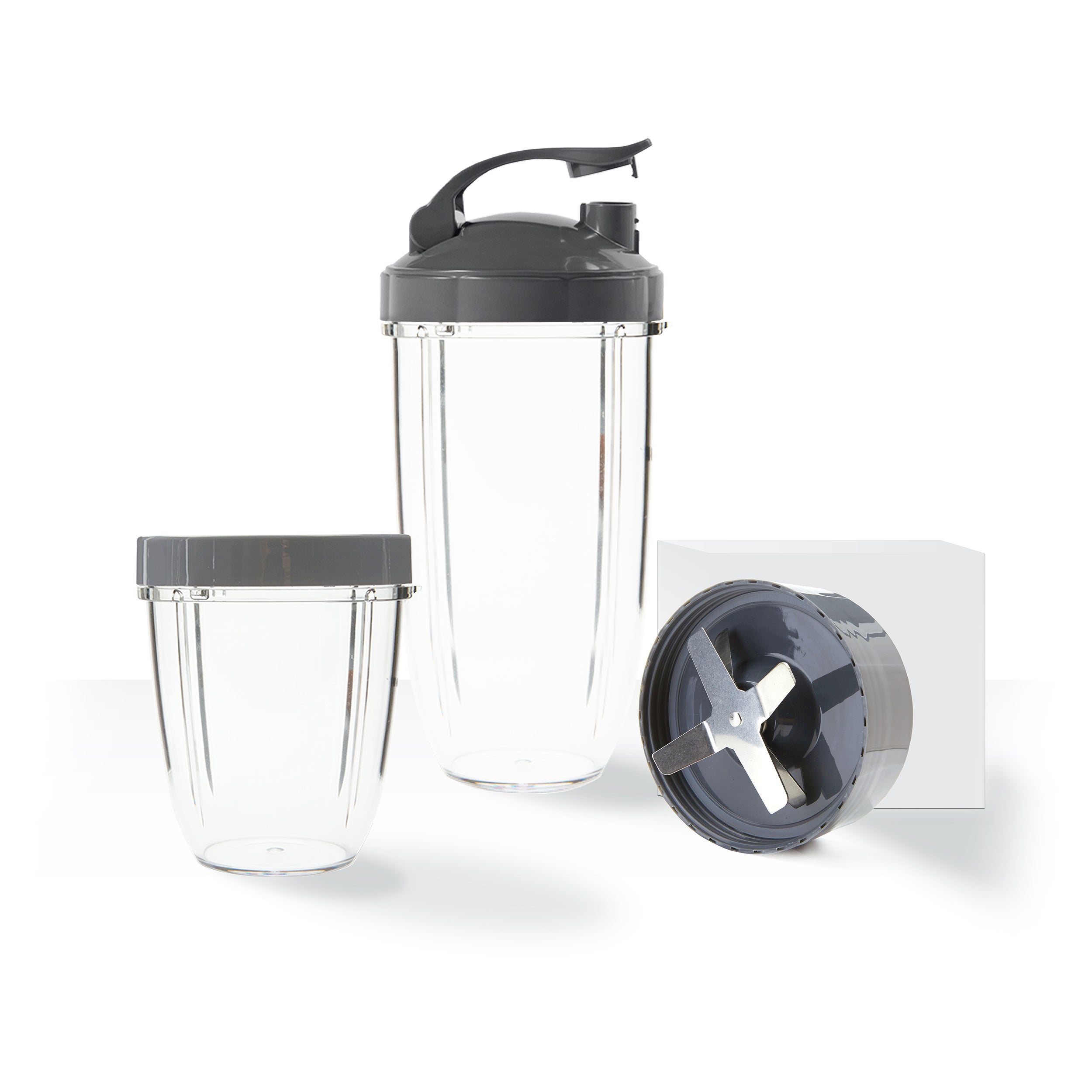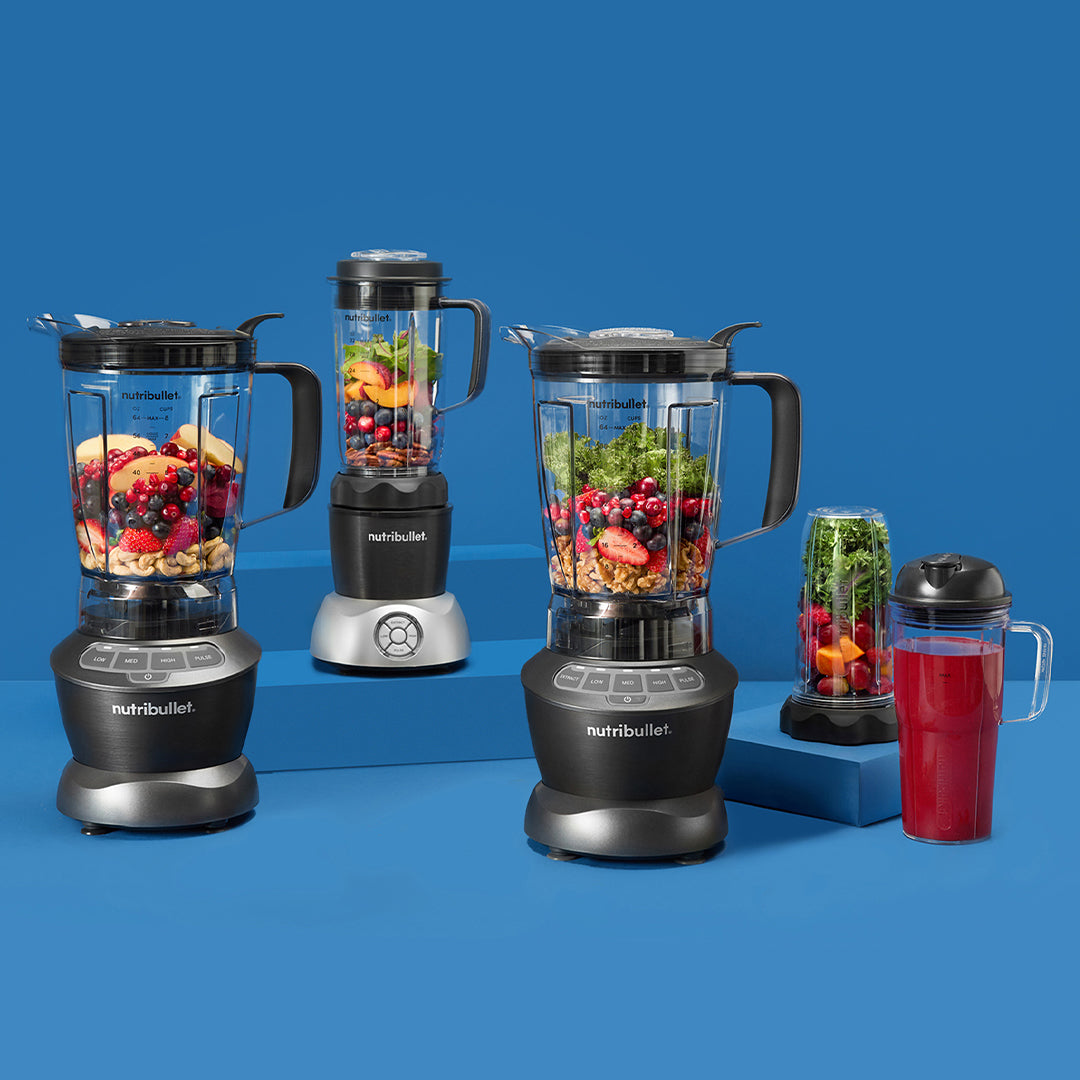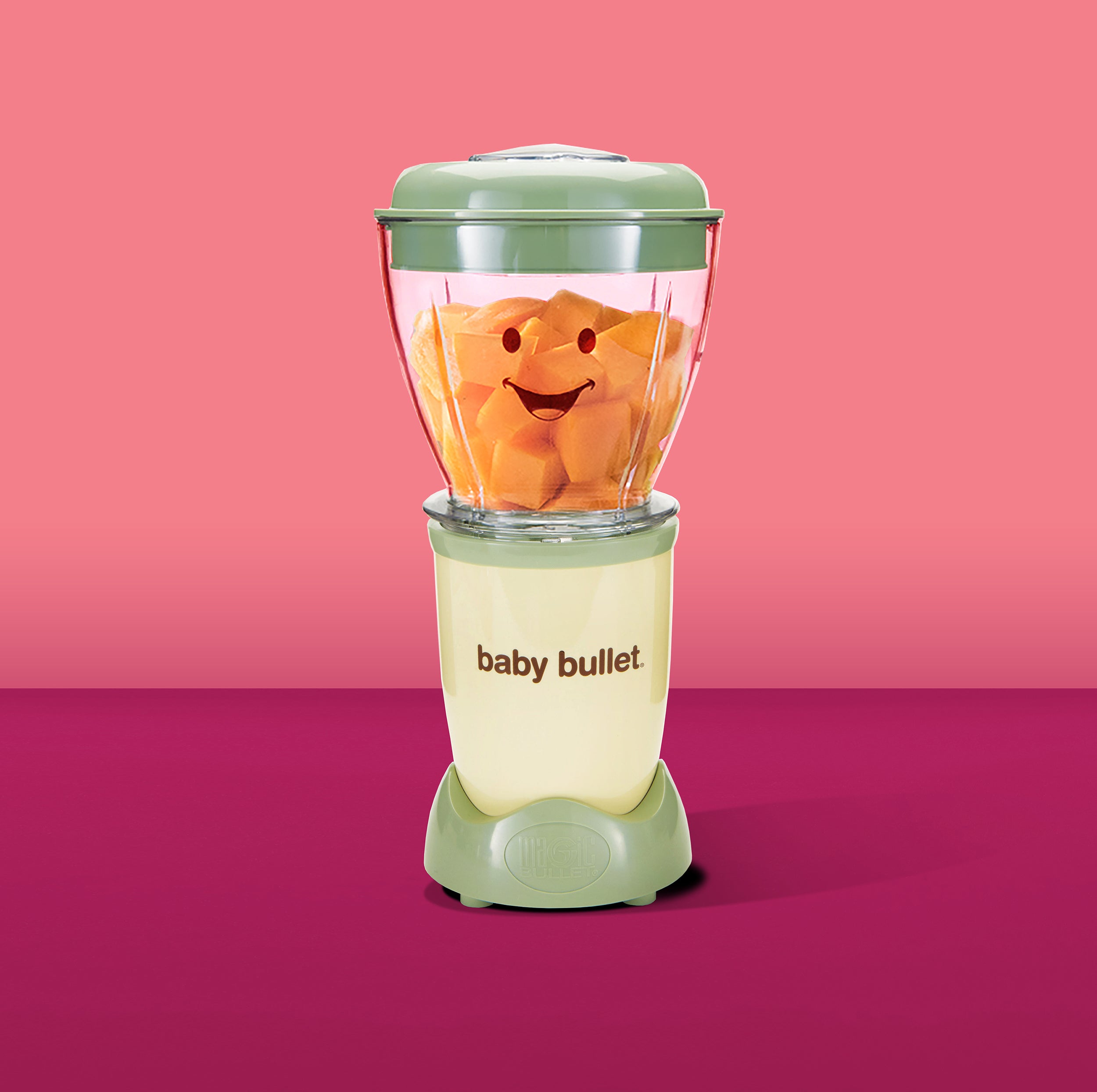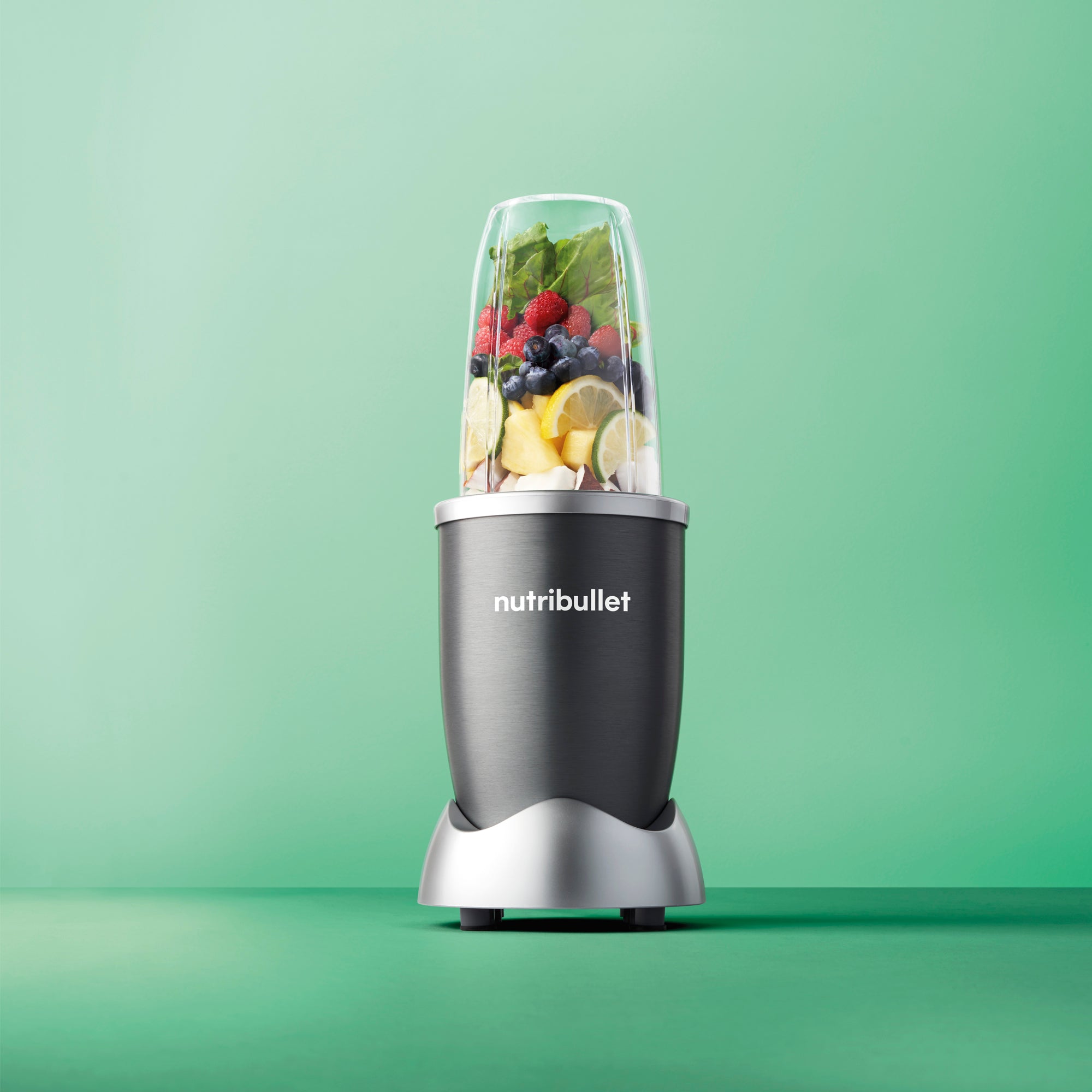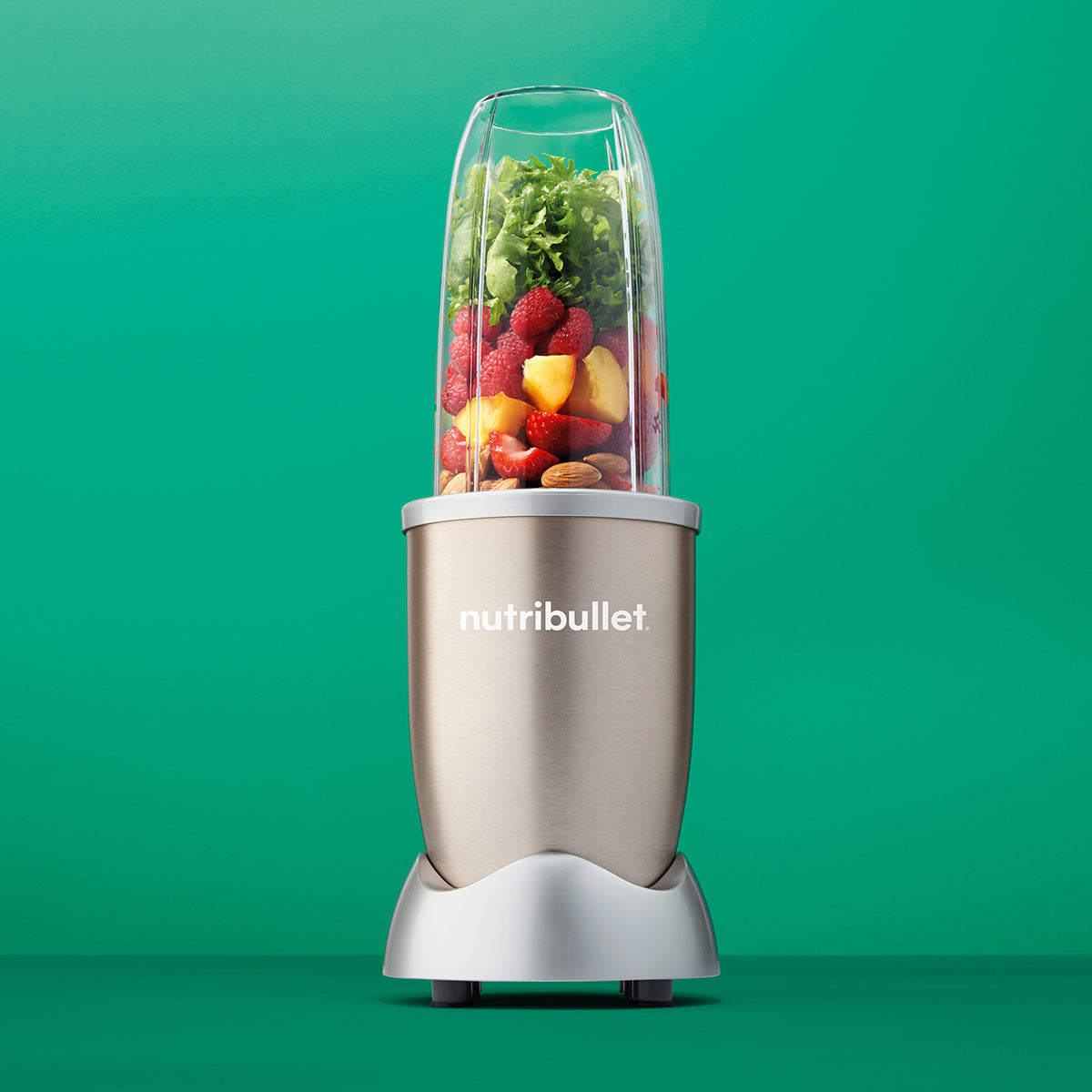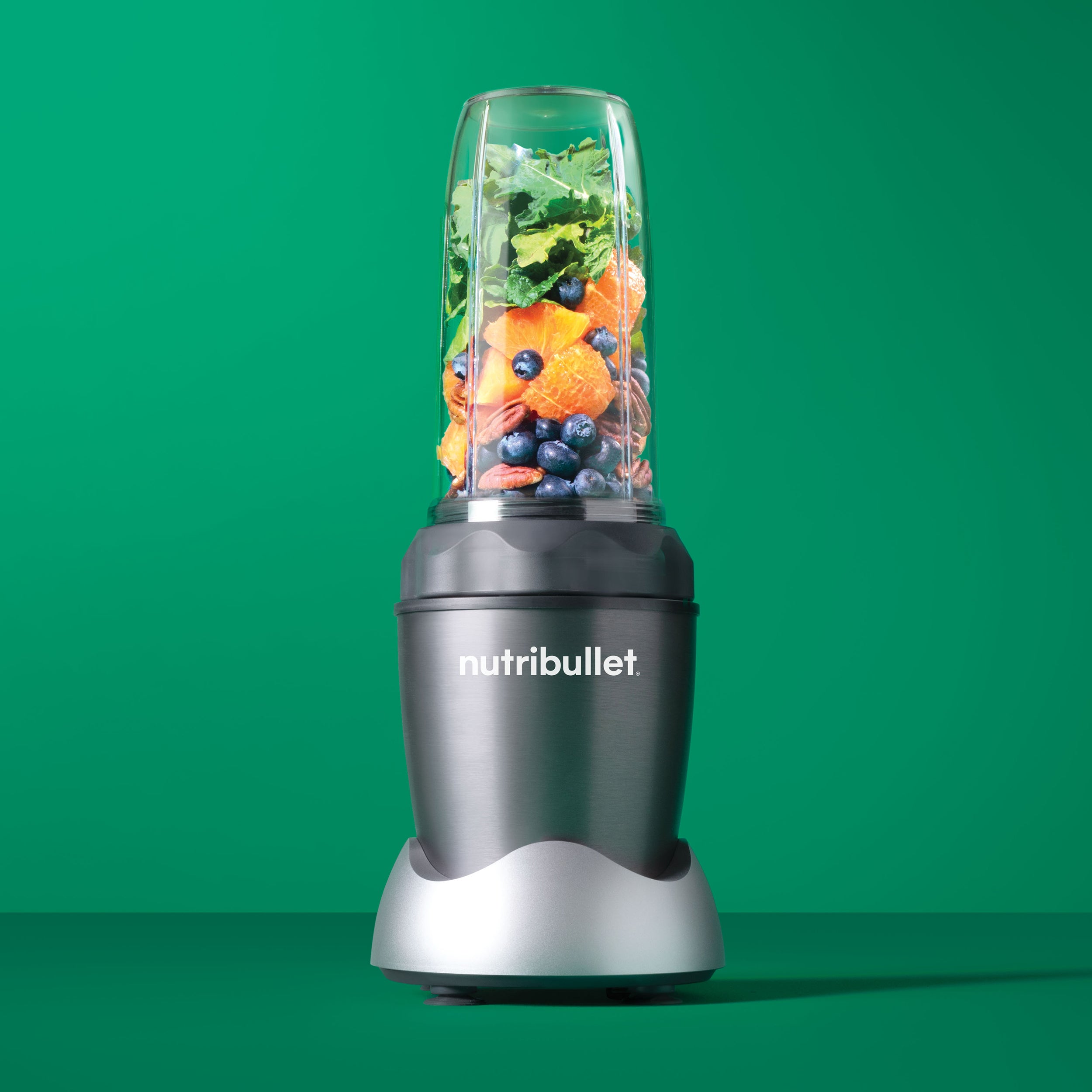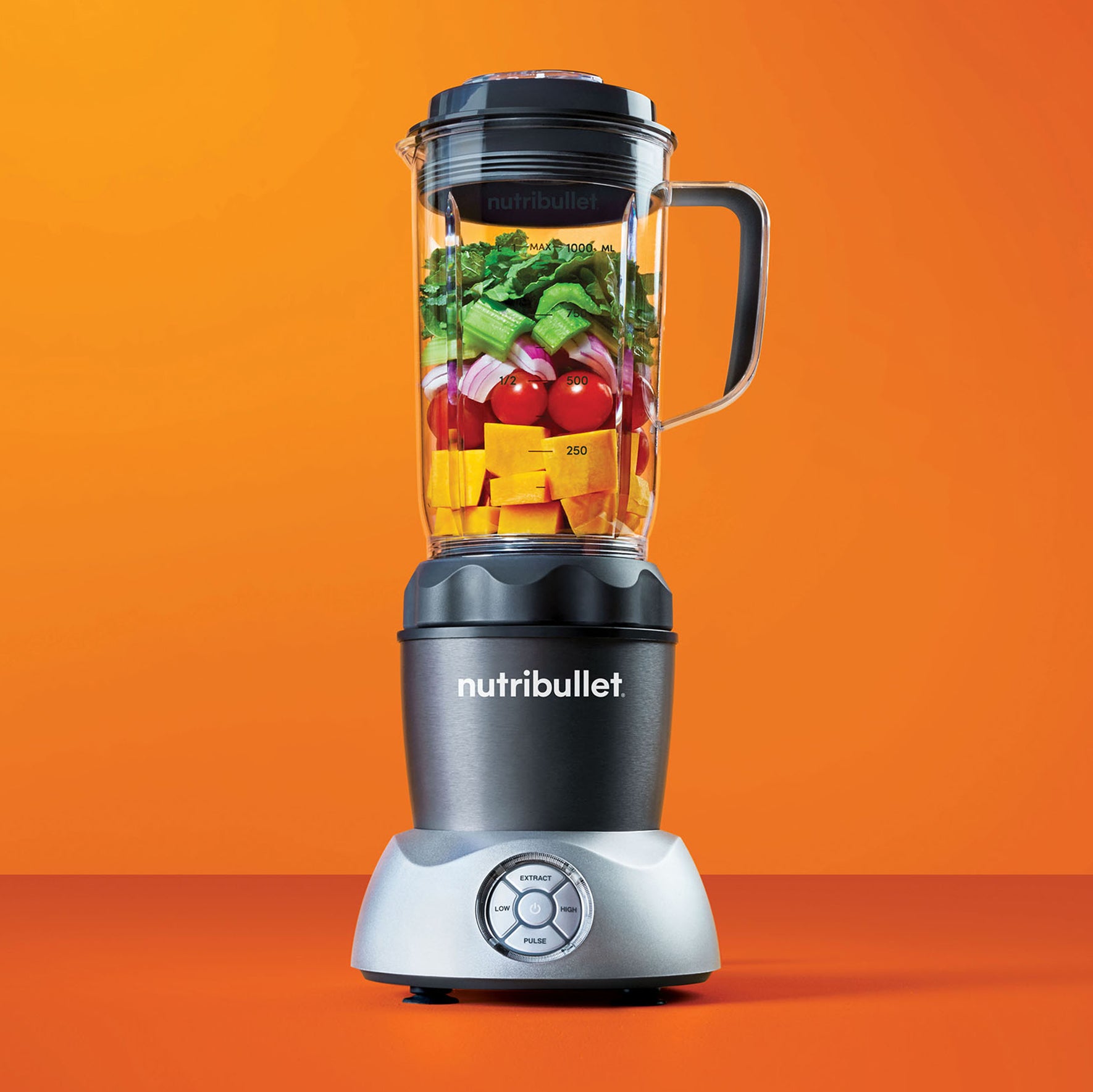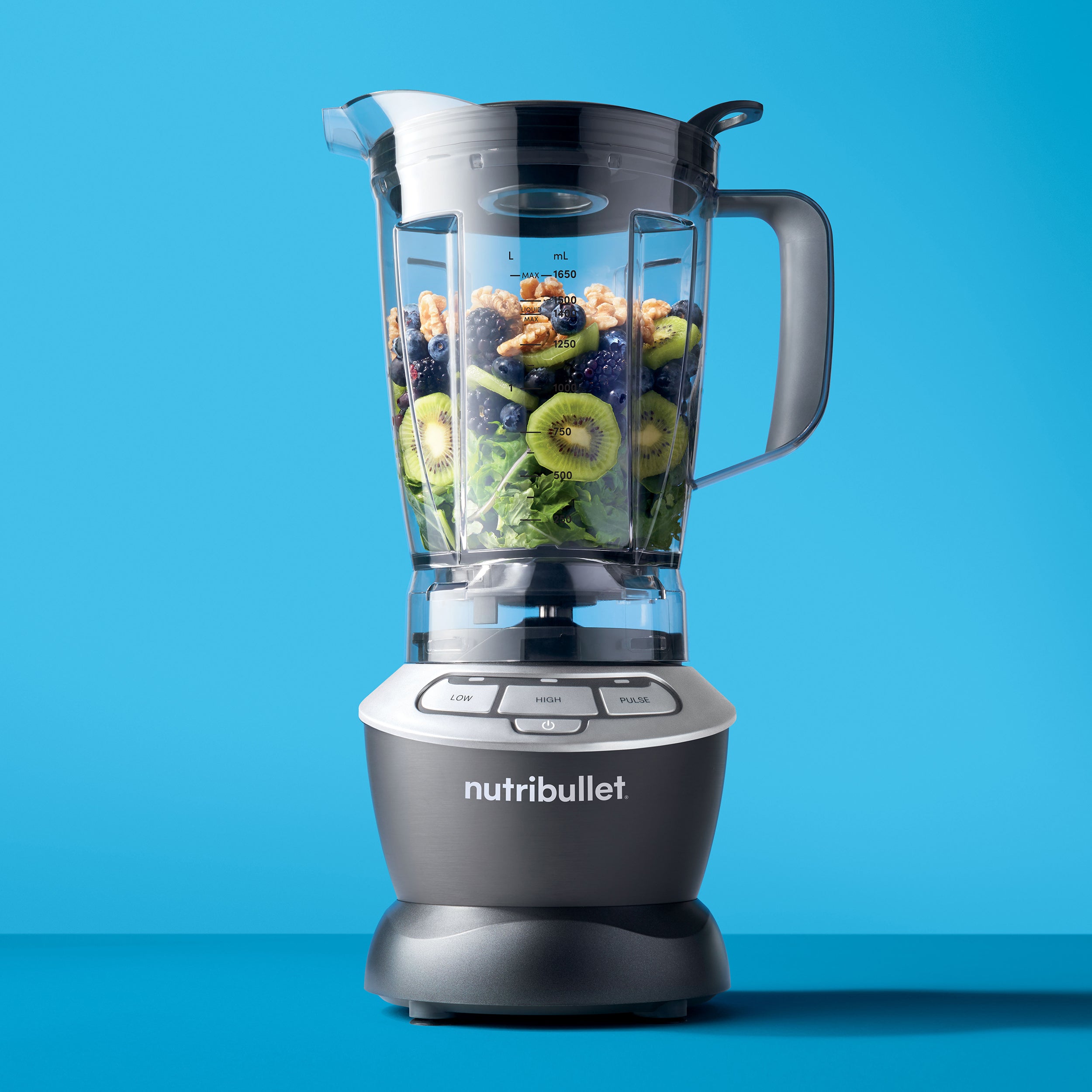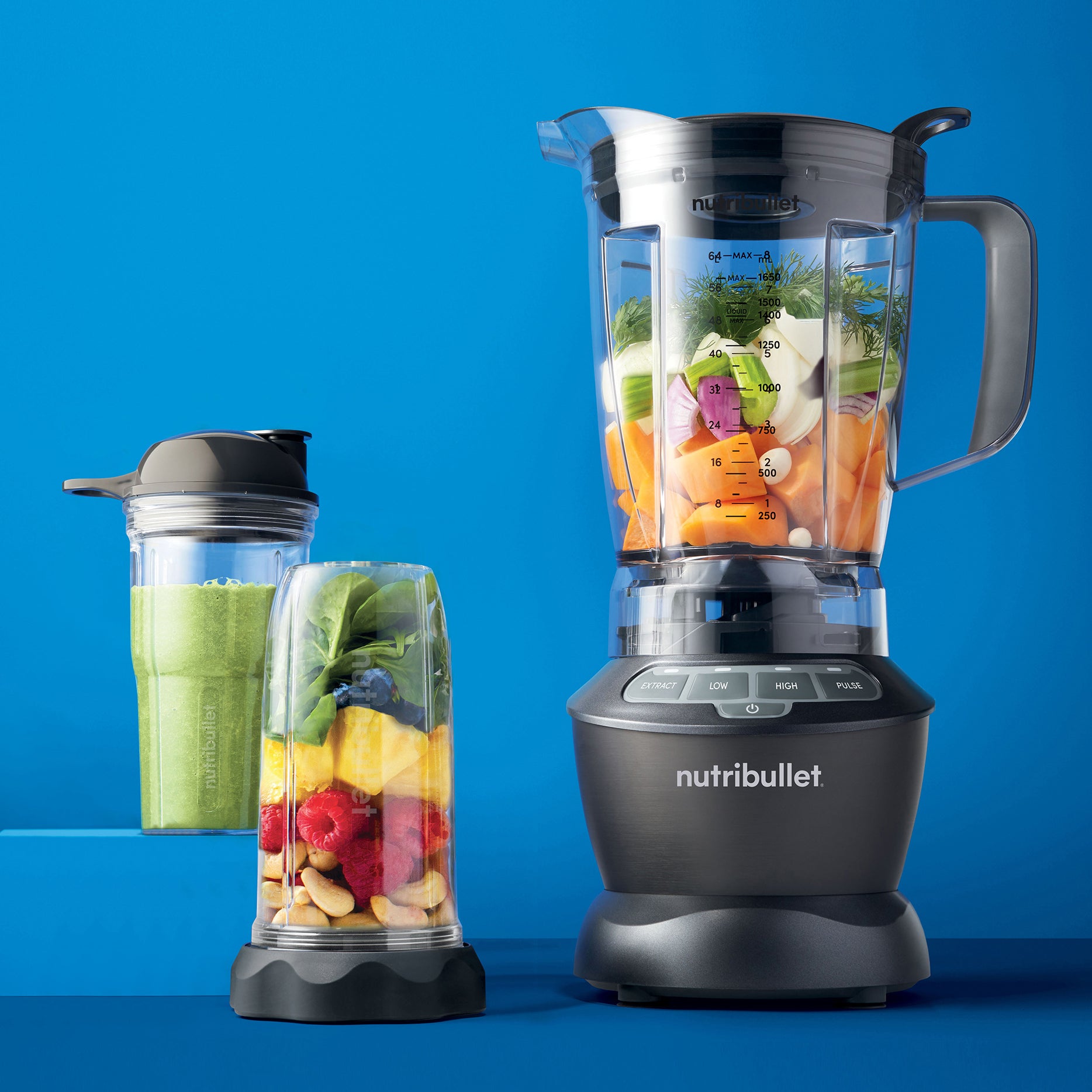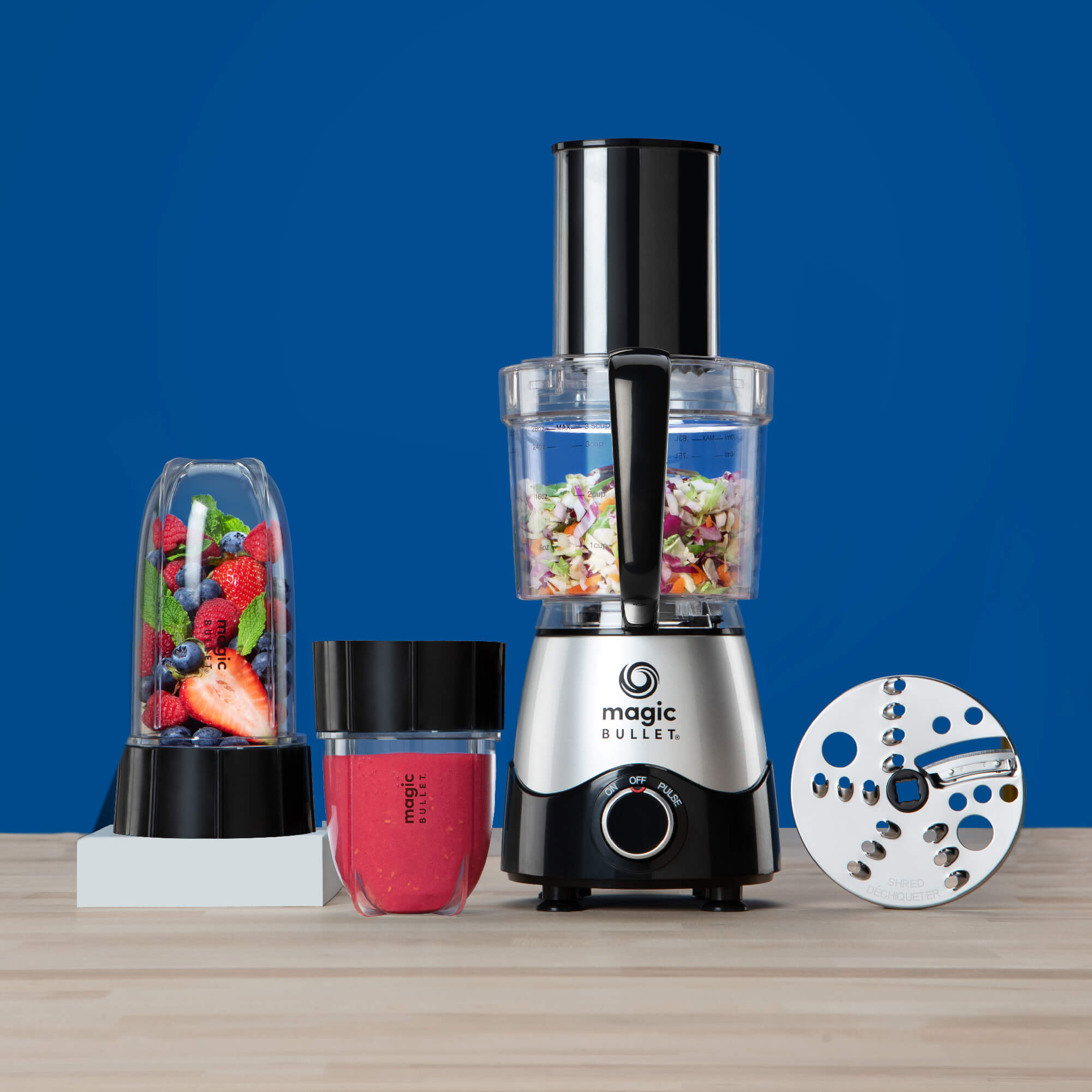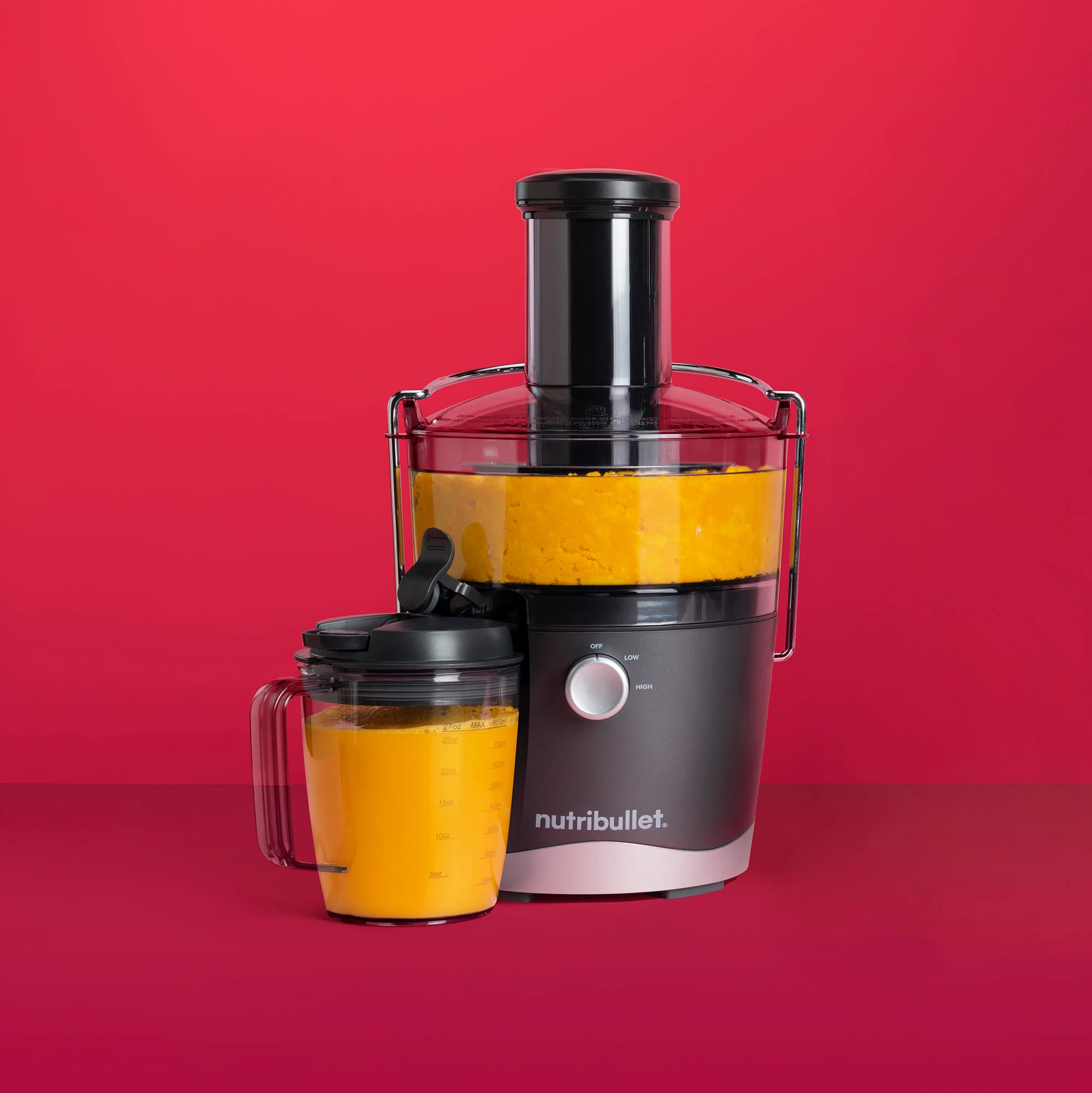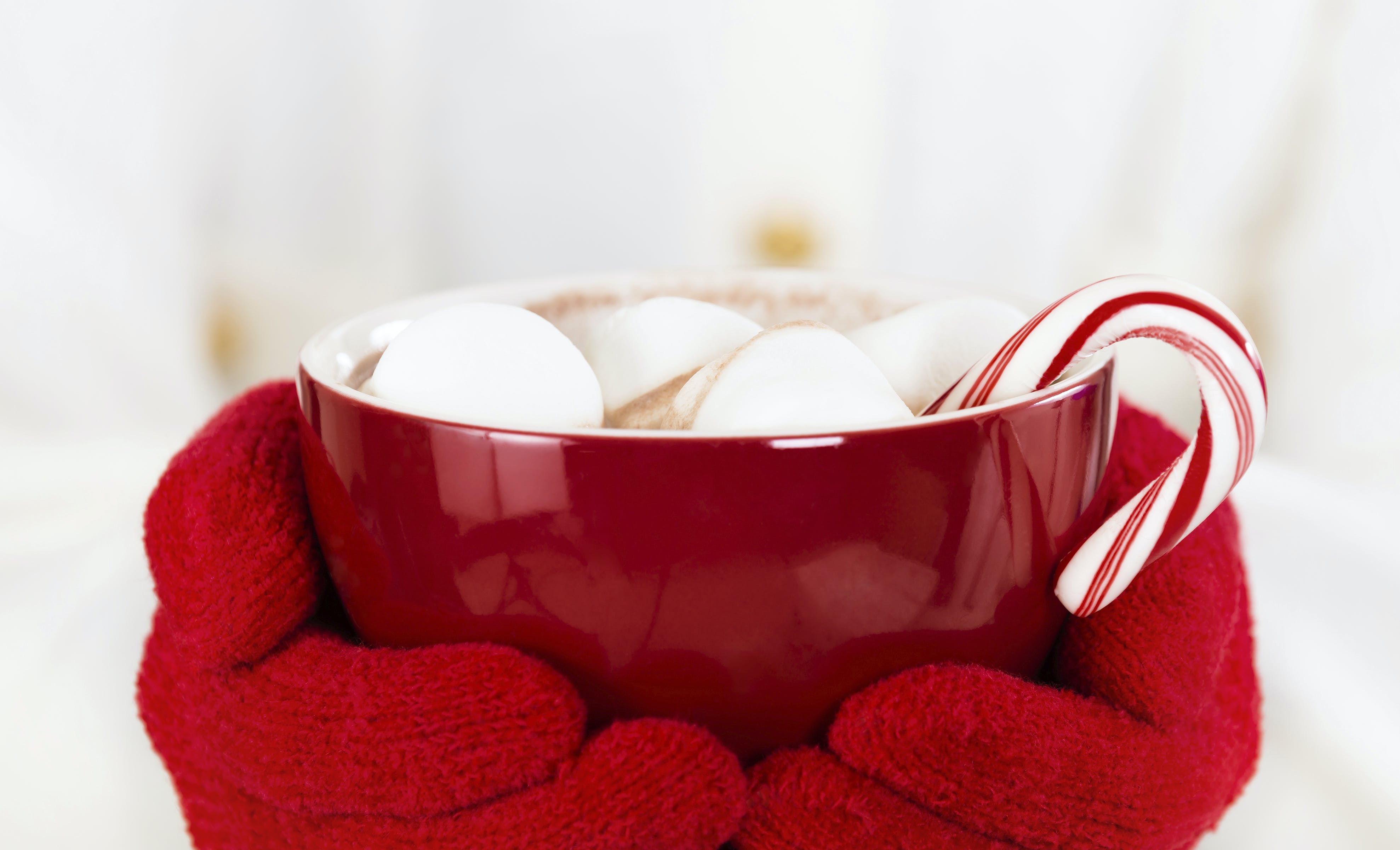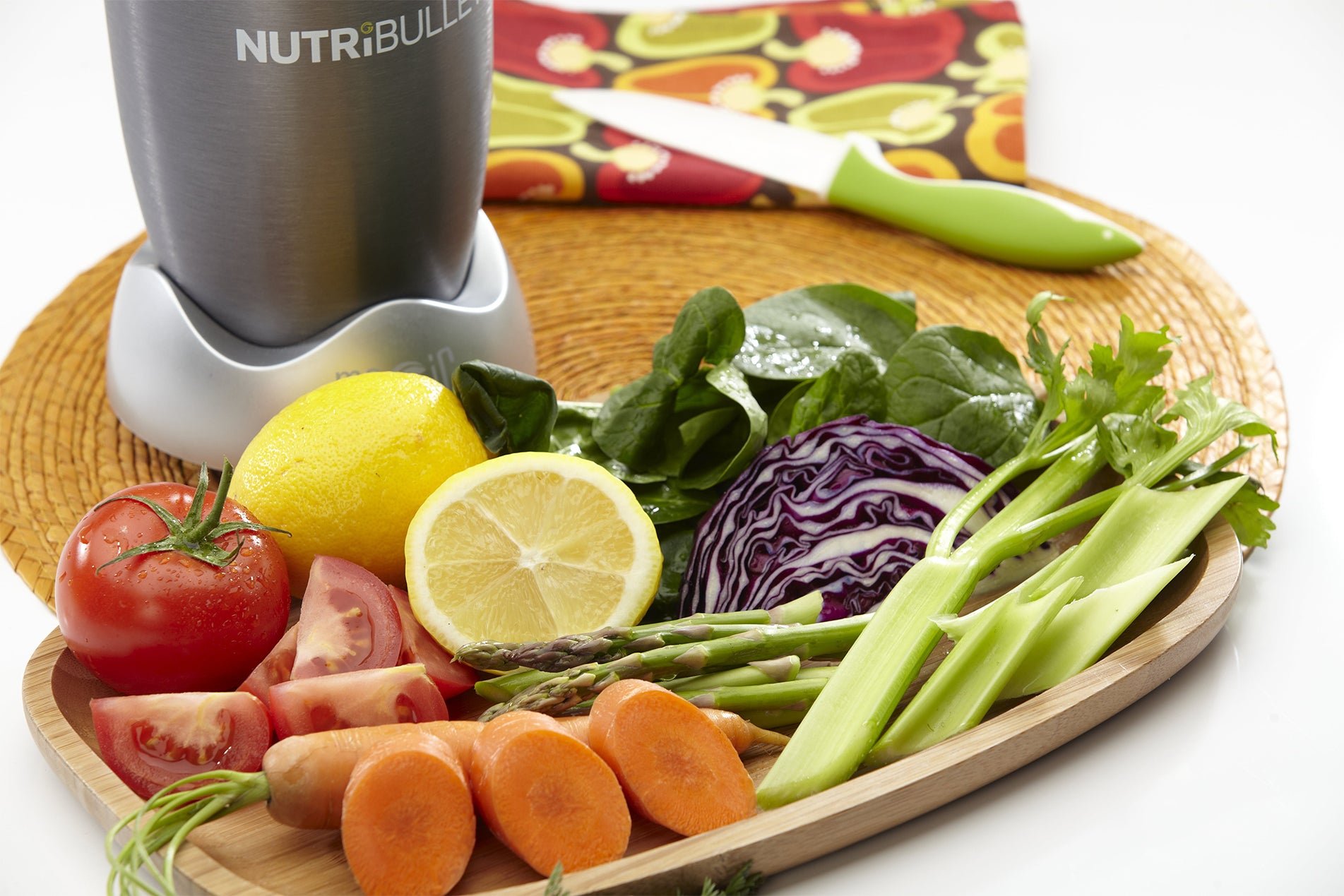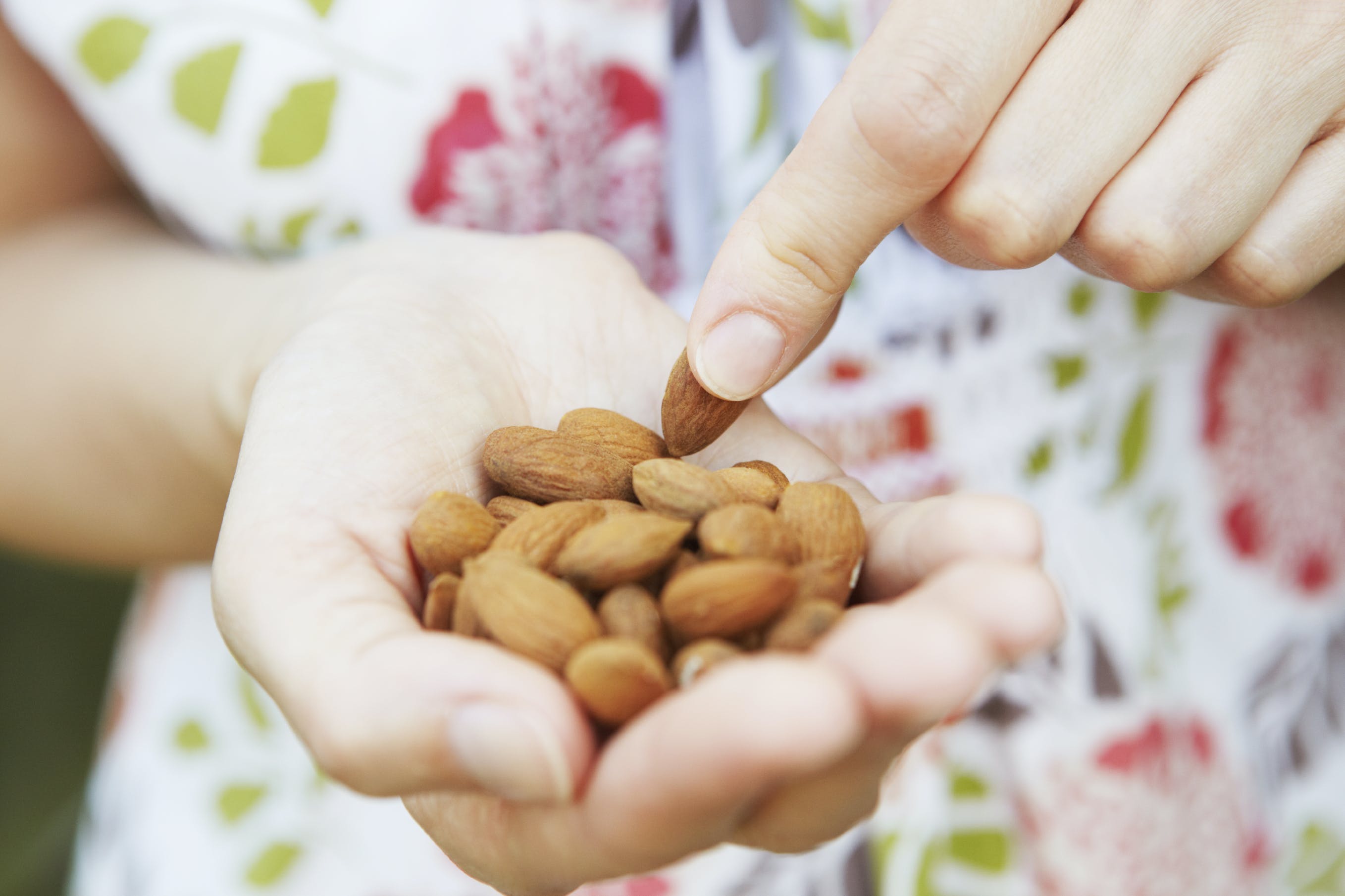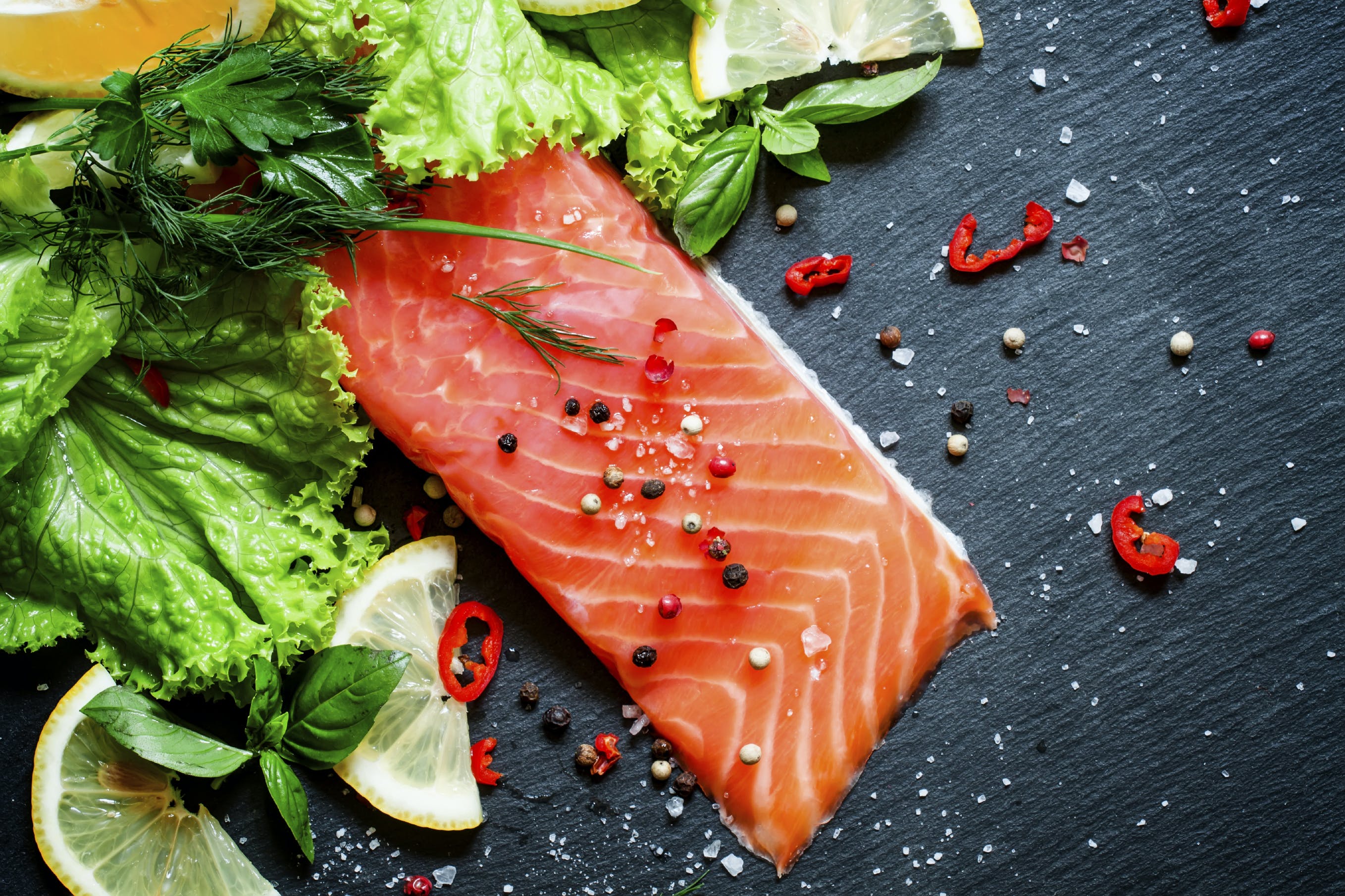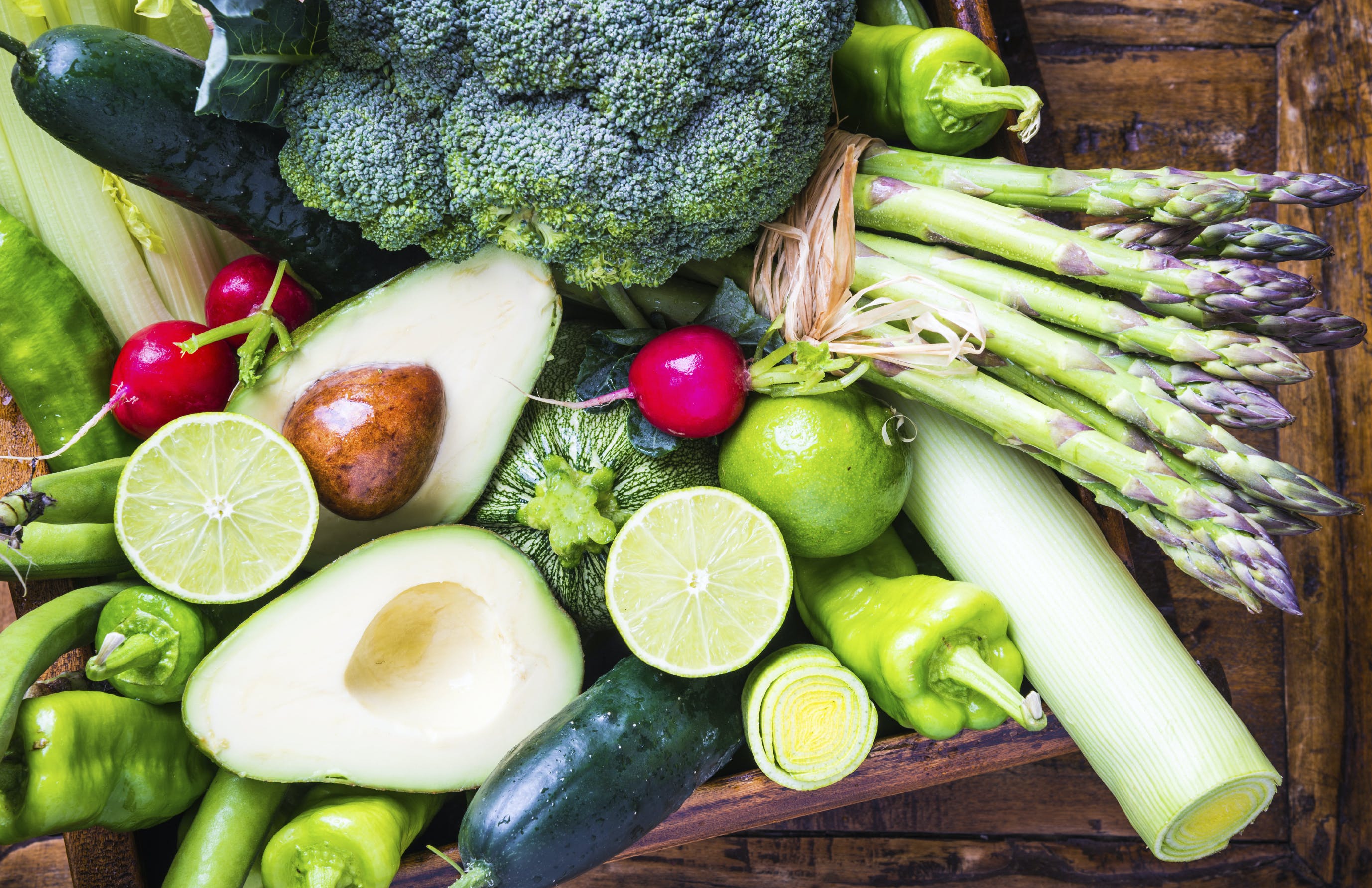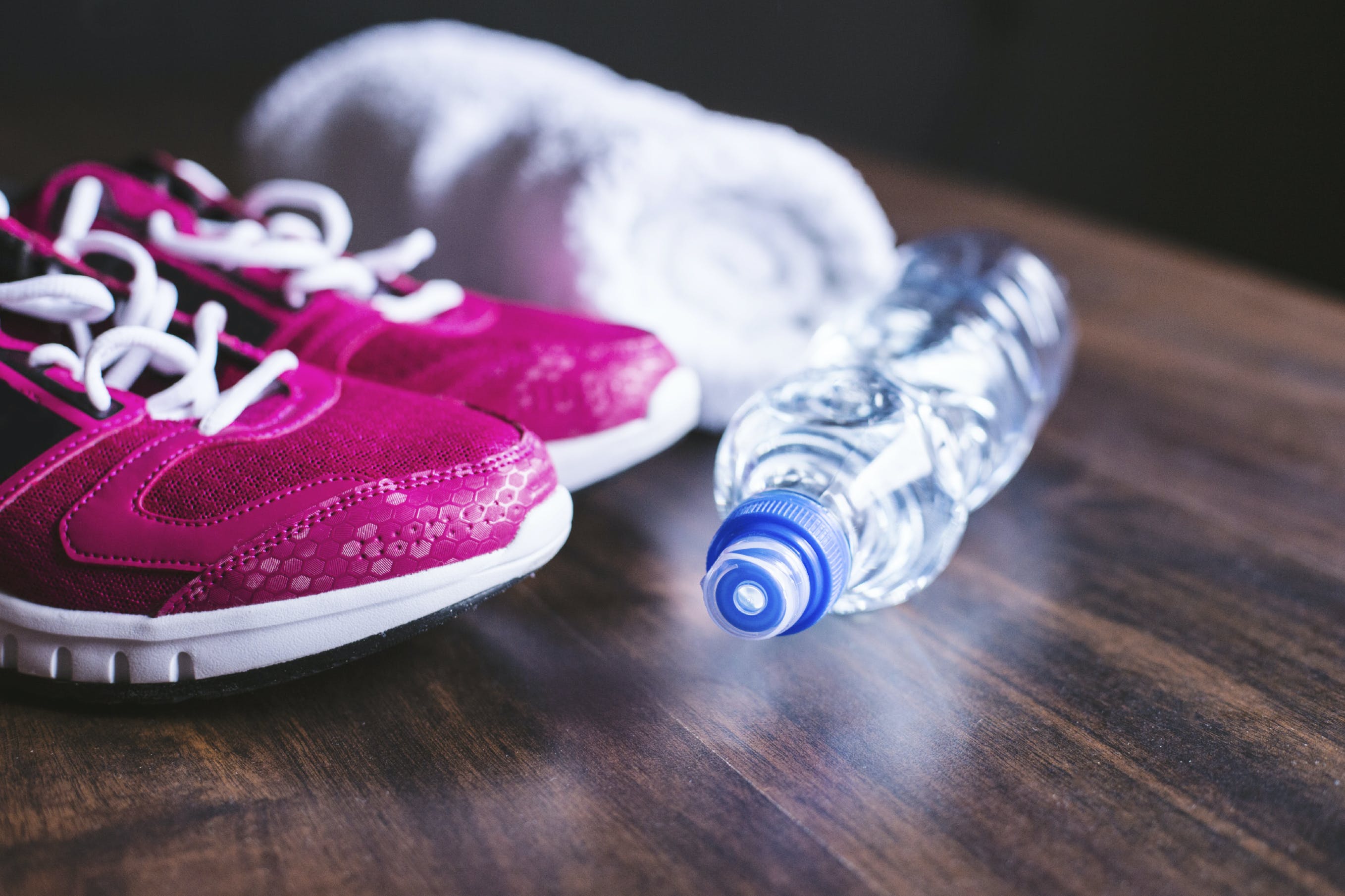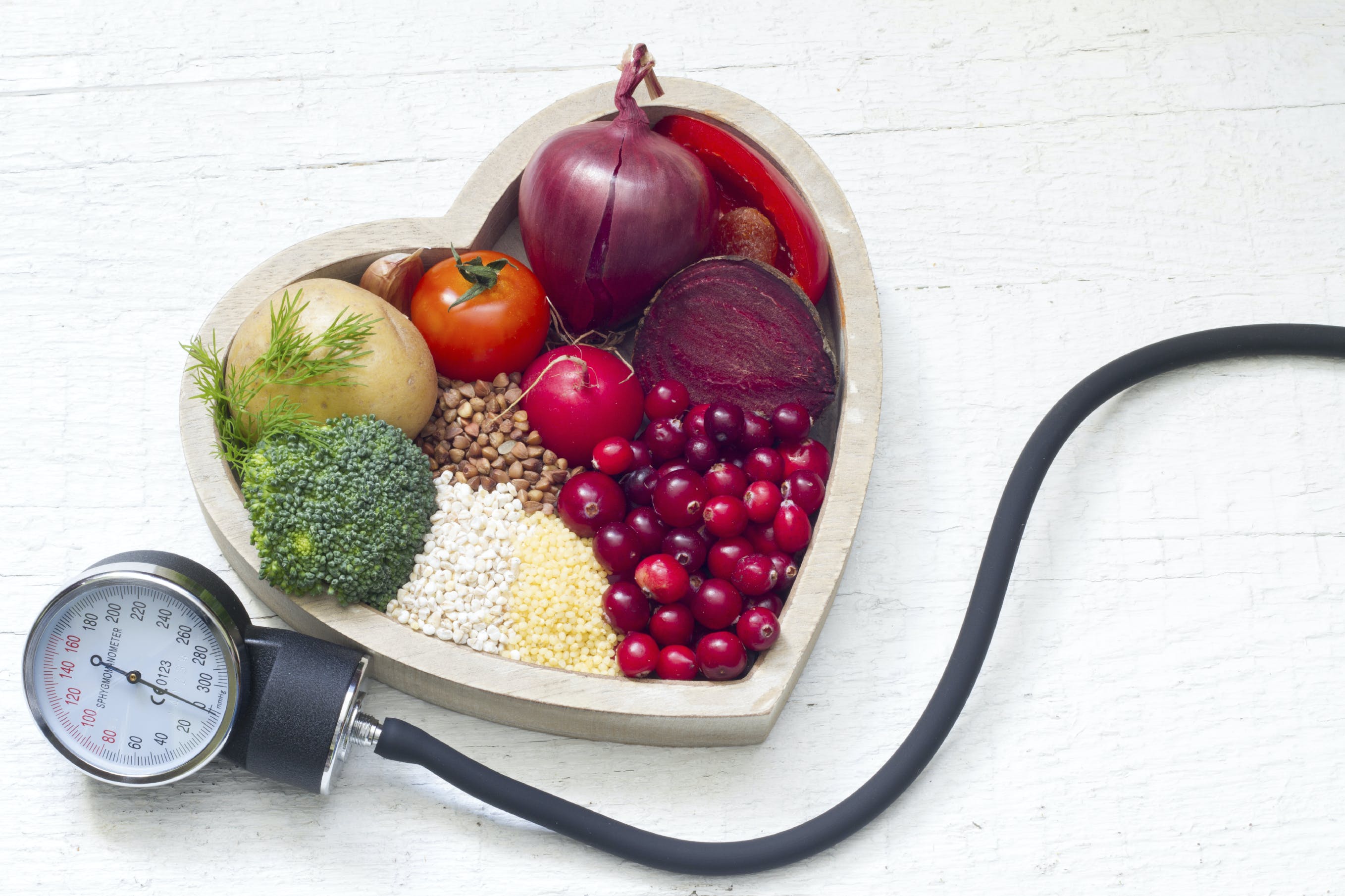The human body is an incredible machine that works diligently to protect itself. As nearly anyone with diabetes, (especially type II) will tell you, it can often feel like internal temperatures are soaring. It's not exactly accurate, but for those who run hot, keeping a change of shirts close by to stay fresh can be the norm.
The same body mechanism kicks into overdrive in the winter months and helps keep the body even warmer. When blood sugars run high, the blood thickens – a tactic that can help protect the human body from the frigid cold. But in modern society, higher blood sugars can mean higher risk of heart attack and stroke. The blood, loaded with sugar, is less able to carry oxygen and nutrients to the muscles and brain.
Unfortunately, the cold weather also means limited physical activity and more sugar-laden meals and drinks, like hot chocolate, pumpkin pies and more.
Despite the business of the season, it's important to take extra care in these cold, winter months. Those with diabetes should put extra care into their daily routines, and do the following:
- Test blood glucose more often to maintain tighter control.
- Make arrangements to adjust medications upward as needed.
- Consume more fluid, although thirst may be lessened by the cold weather.
- This is most important as blood glucose rises. Eight 8-ounce cups of sugar-free fluids is the minimum!
- Increase exercise to warm the body and increase metabolic rate.
- Isometrics – This includes simply sitting in a chair and flexing your muscles with purpose and intention. Lying on the floor or bed serves as a great spot, as well. Don’t forget any muscle groups and add weights like canned goods and hold the hands/arms above the head. Use television or computer-guided classes, if possible.
- Walking – The minimum is 5 days a week for 30 minutes with no more than a 2-day break. Get an exercise assessment at least once a year to determine appropriate heart rate and level of intensity.
- Stretching – Do this on the floor or in bed.
Don’t wait to get started. The more you do, the more endorphins you release and the better you feel!
Lastly, enjoy warm or hot NutriBlast smoothies or soups instead of cold ones to warm the core. You boost your nutrition and keep the body warm at once!
My Favorite: Winter Pureed Soup
After enjoying an entrée of boneless, skinless chicken breasts that baked alongside a variety of vegetables in the oven in low-sodium broth, take your vegetable leftovers, including remaining potatoes, skin-on sweet potatoes, carrots, parsnips, celery, onion, garlic, mushroom, broccoli, etc., and once cooled, place in your NutriBullet Tall Cup and blend until you reach your preferred consistency.
Add this mixture to your soup pot. Dice your leftover chicken and add to your pot, along with more broth. Bring to a boil and allow to simmer with a few extra herbs like rosemary, thyme, oregano, basil, etc.
It's easy, it's a great way to use leftovers, and it can be enjoyed immediately, with the rest frozen for later consumption. It doesn't get any better than that.
Keep warm this winter and remember to play close attention to your lab results and check your blood sugar often for the best results.
Nutritional information
Recipe: Creamy Green Strawberry Dream Serving in this recipe:1
- Calories: 236.6
- Total Fat: 3.6 g 5.5%
- Saturated Fat: 0.4 g 1.9%
- Cholesterol: 0 mg 0%
- Sodium: 358.7 mg 14.9%
- Total Carbs: 45.7 g 15.2%
- Dietary Fiber: 9.9 g 39.4%
- Sugar: 22.1 g
- Protein: 8.1 g 16.2%
- Vitamin A: 481.9% Vitamin C: 244.1%
- Calcium: 68.5% Iron: 26.1%
* Percent Daily Values are based on a 2,000 calorie diet. Your daily values may be higher or lower depending on your calorie needs.

